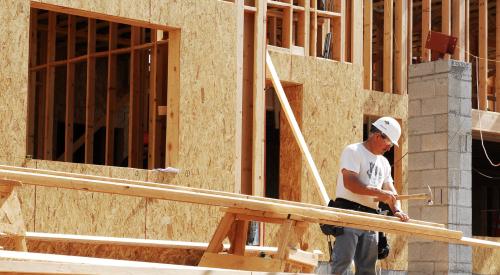| Heather McCune, Editor in Chief
|
However, the technology landscape looks very different today than it did in its heyday just a few years ago. Ruins of once-vaunted names litter the landscape. Now, new players and remakes of veteran companies hawk business solutions both big and small.
Changes extend to the builder users as well. Companies that enthusiastically bought the promises peddled by software suppliers on the first go-round learned a hard and often expensive lesson. Software solves nothing - it's a business tool, not a business solution, and too many buyers believed it was the latter. Install this product that "improves job-costing and streamlines estimating and change order processes," said manufacturers' literature.
The key word most often overlooked by sellers and buyers in the above sentence? Processes. Sellers sold and buyers bought the idea that software solves business problems. It doesn't, and two years and a lot of casualties later, as an industry we embark on another round of technology offerings. Builders, riding the strength of the new home market, want to believe when software sellers tell them a better bottom line is only an application away. Sellers, doing the job they are paid to do, sing the song that moves builders to buyers, no matter how real the refrain.
Is this a blanket indictment of both groups? Hardly. We're throwing down the gauntlet to inspire a partnership between buyers and sellers that avoids the mistakes of the past and creates a business relationship based on fact and focused on creating better builders who become better customers. The three principles below constitute a starting point for a new technology covenant in the residential construction industry.
Then, ask yourself and your supplier the hard questions. If they're answered and the sale is made, commit to being a good customer. Invest in training and devote time to making technology a profit tool in your business.











